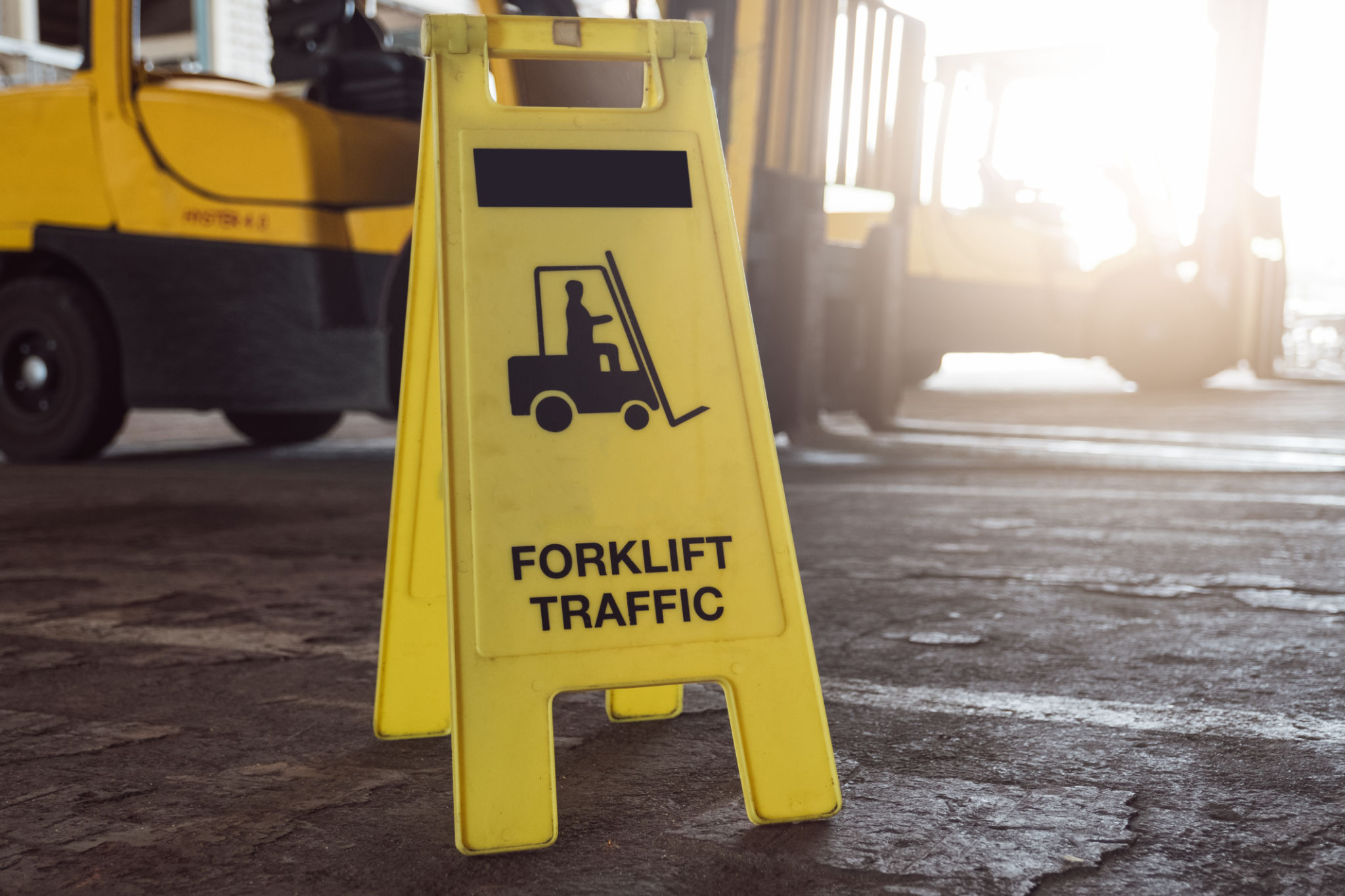5 Common Misconceptions About Forklift Safety and How to Avoid Them
Misconception 1: Forklifts Are as Easy to Drive as Cars
One of the most common misconceptions about forklifts is that they are just like cars, only bigger. However, forklifts have a very different design and function. Unlike cars, forklifts have rear-wheel steering, which can be challenging for those used to driving automobiles. This can cause a forklift to swing the opposite way of a car when turning.
To avoid this misconception, it's crucial that operators undergo proper training and certification. This ensures they understand the unique dynamics of forklift operation and can safely maneuver these powerful machines.

Misconception 2: Forklift Safety is Solely the Operator's Responsibility
Another widespread belief is that only the operator is responsible for forklift safety. In reality, safety is a shared responsibility. Employers must provide a safe working environment, which includes maintaining equipment and ensuring that all employees are aware of safety protocols.
Employers should establish regular inspections of forklifts and ensure that all staff members are trained in forklift safety, not just the operators. This collective approach helps create a safer workplace for everyone.
Misconception 3: Forklifts Can Handle Any Load
Many assume that forklifts can lift any load as long as it fits on the forks. However, each forklift has a specific load capacity, and exceeding this can lead to dangerous accidents. Overloading a forklift can cause it to tip over or damage the load being carried.

Operators should always check the load capacity of their equipment and avoid picking up loads that exceed these limits. Additionally, proper load balancing is essential to maintaining stability during transport.
Misconception 4: Forklift Maintenance is Optional
Some believe that forklifts require minimal maintenance compared to other machinery. This misconception can lead to neglect, increasing the risk of mechanical failures. Routine maintenance is crucial for identifying potential issues before they become serious hazards.
Implementing a regular maintenance schedule can prevent unexpected breakdowns and ensure that forklifts are always in good working condition. This includes checking fluid levels, inspecting tires, and testing brakes.
Misconception 5: Forklift Safety Training is a One-Time Event
Lastly, many think that once an operator has completed training, they are set for life. However, continuous education is key to maintaining safety standards. Regulations and best practices evolve, necessitating ongoing training.

Employers should offer refresher courses and regular safety meetings to keep operators updated on new procedures and technologies. This commitment to lifelong learning helps reinforce safe practices and keeps safety at the forefront.
By addressing these common misconceptions, businesses can improve their forklift safety protocols, reducing accidents and creating a safer workplace for everyone involved.
